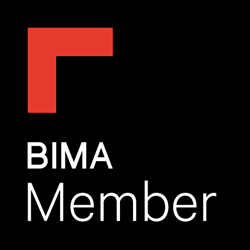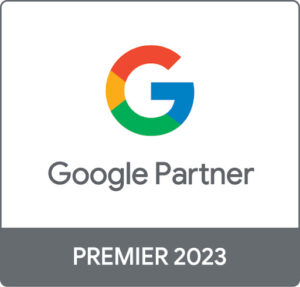14 must-have elements for top-performing landing pages (2016 edition)
Building brilliant, high-performing landing pages has become an everyday part of SEO. We wanted to share some of the lessons we’ve learnt about creating great landing pages in 2016.
1. The Show-Stopping Headline
Your headline is the first and often the only impression you will get to make on your reader. According to Moz, 80% of readers never make it past the headline and traffic can vary by as much as 500% based on the headline. Kissmetrics wrote a great blog on how to write the ultimate headline too.
We keep it simple by following 4 rules:
- A show-stopping headline grabs the reader’s attention.
- A show-stopping headline stands out.
- A show-stopping headline tells half the story, without revealing the punchline.
- A show-stopping headline uses keywords.
SEO Tip: Use as the H1 tag for your main headline to get full SEO value.
2. A Persuasive Sub-Heading
This is the chance to go into slightly more detail than the main headline. Take the story of the main heading and push it further.
The sub-heading is your opportunity to summarise your story for your audience. Your aim is to persuade your visitors to stay on the page by telling them why they should.
Use as the H2 tag and similar language for the meta description. Think about simple but persuasive language to clearly communicate the purpose of the page.
3. The Hero Shot
An eye-catching, relevant picture or video helps the visitor get what the page is about within seconds. Your hero shot should show the benefit of the product or service that you are trying to sell. You can also make use of text over the image to highlight your key messages.
Make sure you use relevant keywords within your image’s Alt Tag so Google understands the context of the image.
4. The Big Reveal
You’ve grabbed your reader’s attention with the killer headline. You’ve persuaded them to read on with your sub-heading and hero shot. Now it’s time to explain what your landing page is all about.
When revealing you must ensure your explanation is straightforward, functional and concise but should still be benefit-focused on how it helps your customers.
5. Demonstrate Value
Now the reader knows what it’s all about, the value proposition is where the reader finds out what’s in it for them. List the benefits of the product or service and focus on the user – why and how does it help them? Inform your audience of the product or service’s USP, how it’s different and better than your competitors.
Make sure you don’t oversell or overload the reader with benefits. It is probably best to really focus on 3 key customer-orientated benefits. Use bullet-points, numbered lists and icons to quickly illustrate your value.
6. The Guarantee
Customers love guarantees. They respond so well to them because a guarantee creates confidence in your company. A carefully worded, strong guarantee promotes belief and reassurance in your brand and influences the chances of conversion on your website.
Position your guarantee close to your call-to-action so that they’re ready to convert when they reach it. Guarantees should provide reassurance, trustworthiness and a level of comfort that helps the user make a conversion decision.
7. Trustworthy Elements
Trust signals are so important to helping the user know they can trust product or service. Here are some trust factors to think about adding to your page:
- Customer testimonials
- Product reviews
- Certifications
- A friendly face 🙂
- Featured publications
- Security badges
- Trust icons
- Easy to find contact information
- Well-written and informative copy
- Guarantees
- Trusted partners that you work with
- Consistency
- Great UX and design
- Trustworthy language
Every aspect of your landing page must promote credibility and professionalism. Make sure all trustworthy elements are genuine and are backed by real numbers, data and real experiences from real customers – there’s no use in making this stuff up, people will catch you out!
8. Pain vs. Pleasure
People are wired to avoid pain at all costs, we absolutely hate losing out on something. The idea of having pain vs. pleasure points on your landing page is to demonstrate how the products and services of the client will alleviate pain for the customer in some way.
Highlight what the customer will lose out on if they do not buy the product, or what problem they will face by not working with your brand. It feels great to gain something that helps you (pleasure), but it hurts twice as much to lose out on something (pain) that we could have had. Make sure you inform the customer on what exactly it is they will lose out on if they do not action on your landing page.
However, to be truly effective you must be sure that you relieve their pain points – not only do you have to inform the user of what they will gain and how it will help them, but also how it will negatively effect them if they do not purchase from you.
9. A Powerful Call-to-Action
CTAs are possibly the most important aspect of any landing page. Without a strong CTA your page will not convert. Your call-to-action must be big and bold, and contain compelling, persuasive copy.
Position your CTA below or next to an image to draw the user’s attention. The CTA must have a clickable button with contrasting colours to help draw the eye, make the action stand out and compel that click.
If using a form ensure you remove any barriers that may deter the user from completing it.
10. A Seamless and Logical Flow
This one goes without saying but it’s still important to the success of our killer landing page. Start with your explanation, continue with your benefits, include your testimonials, and end with your CTA. This is the most obvious and persuasive method of structuring a landing page.
A truly interested customer will be cognitively engaged with the landing page. They will read the content and follow the thought process. Therefore, you must lead them through a process of thinking that is logical and compelling.
Short pages don’t need the same level of hierarchical rigor that a long-form landing page needs. Try a short-form landing page that has a single visual focus, and the simple flow of headline, explanation, and capture form, followed by the CTA button.
11. Give Something Away for Free
People love freebies. As digital marketers experts our job is to motivate customers to take action. Offer free trials, product samples, service testers, price reductions, referral programmes, buy one get one free, promotional items, etc. as a way to incentivise action.
By giving something away for free you give the best possible chance to engage the first timer customers, plus it’s an excellent way to incentivise social sharing.
12. Link to Relevant Pages and Products
Use each and every page as an opportunity to deep link to relevant areas of your website. By linking to other useful and relevant areas of your website you encourage more clicks per session and a longer time spent on your website.
Not only does more clicks and longer average time correlate with higher engagement, they also send positive behaviour metrics to Google which can only positively impact on organic rankings.
13. Research your Keywords
Most of your longterm web traffic will come from search engines like Google. In order to capture the most relevant and high volume traffic possible you must ensure that your page targets the right keywords. 9 times out of 10 these keywords will be natural and intrinsic to the content you are writing about. Try to use synonyms and variations of the keywords you are going for to ensure a wider potential spread of phrases that the page will rank for in Google.
Use Google’s AdWords Keyword Planner tool (free) to identify the kind of queries that your customers are using to find pages, products and services like yours. Then focus on about 5 keywords and phrases and include them roughly 5 times within your copy.
Make sure your keywords appear within your page URL, page title, meta description, heading tags, hypertext links, alt tags for your images, bolded and highlighted within your editorial copy.
14. Include opportunities to Share
Using social media to promote your content is a fantastic way to get it out there to a relevant audience quickly. It also helps with how fast Google will index your page and, generally speaking, the more social shares / engagement your page gets the more authority it will be given by Google.








